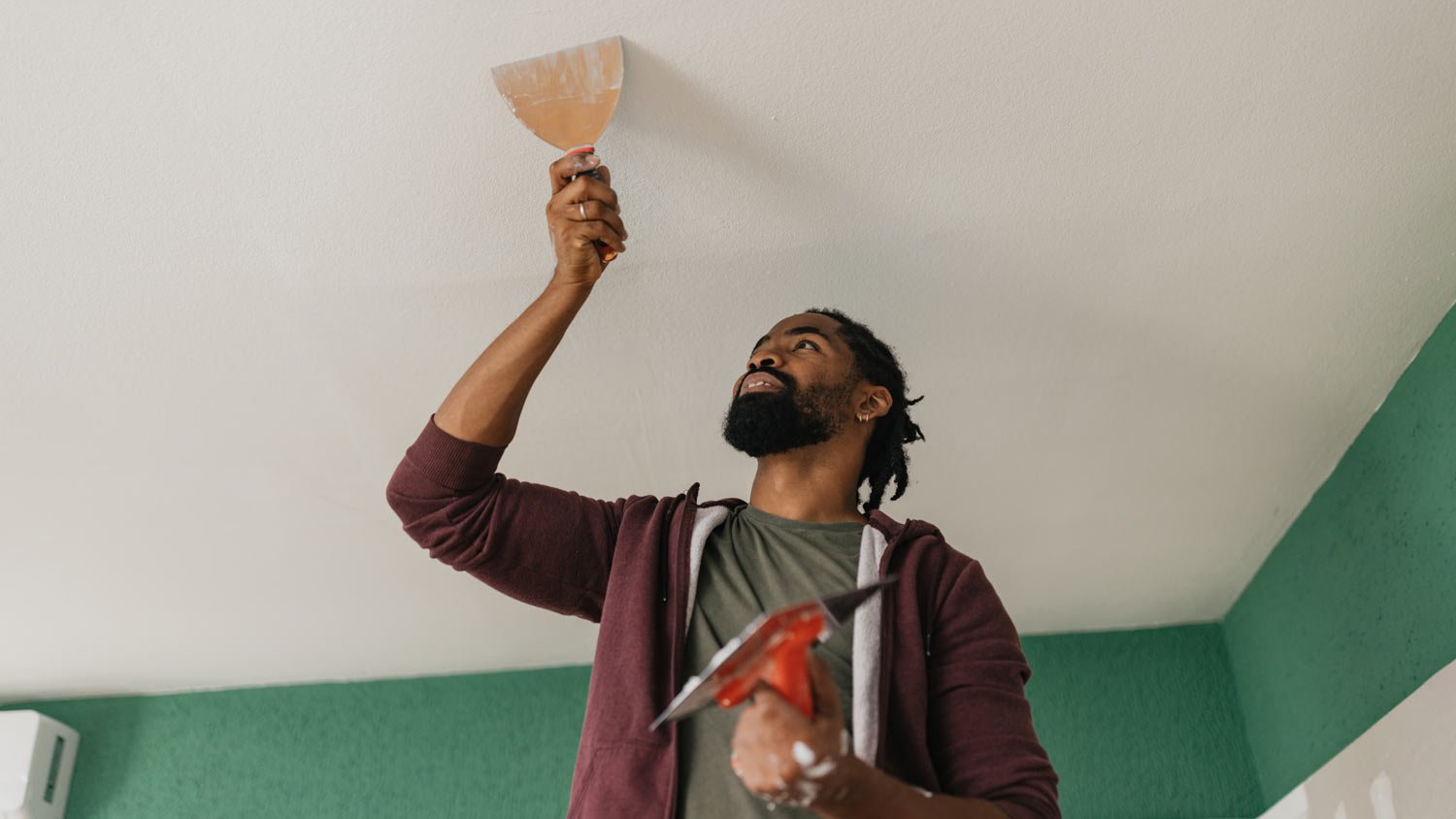
Need to know how much blueprints cost for your new construction project? Use this comprehensive cost guide to get an accurate estimate for your build.
If you're split several ways about buying a split-level home, check out these pros and cons first


Split-level houses are a form of ranch architecture that features three or more levels.
The placement of the various stairways is unique from house to house.
Enjoy separate living spaces in split-level homes, ideal for offices and guest areas.
For some homeowners, these layouts can be inaccessible, awkward, and hard to decorate.
Whether you grew up in an NYC suburb or the heart of the Midwest, chances are you went to at least one friend's split-level home after school. Perhaps there was a large finished basement for doing homework, a French or sliding glass door to the back patio, or a series of half-stairways that led to the living room, bedrooms, and bathrooms.
After over 30 years of American success, you'll find plenty of pros and cons to living in split-level homes, both in their function and overall aesthetic.
A split-level home falls within the ranch architecture family. But unlike original range-style homes of the 1930s, split-level homes added square footage both above and below the main floor. The key element to a split-level house is that it includes at least three—if not four or five—levels separated by shorter flights of steps.
Also, take a moment to note that a split-level is technically different from a bi-level home. A bi-level home is also known as a raised ranch and only features two floors.
After World War II, ranches spread across the country with the rise of the American suburb. Split-level homes were trendy in the ’50s, ’60s, and ’70s because they adapted well to smaller or oddly shaped lots. If a suburb needed to fit as many homes as possible onto a plot of land, the split-level utilized space above and below the ground.
The demand for split-level homes trickled out in the ’80s and ’90s when larger homes became more popular, but you'll still find plenty of well-preserved ranches across the country.
While all split-level homes include a series of staircases to upper and lower levels, the placement of the stairs varies. You may be able to see the lower and upper areas from the front door—like the “Brady Bunch” house—or the stairs may split your path up and down as soon as you walk in the door. Another layout features stairs in the back of the first floor that lead in either direction.
Split-level homes, overall, feature:
Three to five levels
Asymmetrical exteriors and interior layouts
Attached garages
Open floor plans
A lower level half below the ground
Double-hung windows
Ample storage space
A sliding door to a patio or yard
Simple decor and minimal ornamentation
Believe it or not there are multiple types of split-level homes. Here are the four main types you’ll come across:
A standard split-level home has a ground-level entrance leading you to the house's main floor. A small set of stairs divides the upper and lower levels. The upper level typically has bedrooms and bathrooms, while the lower level has a kitchen, living room, and maybe even a den.
The side split is the type of split-level home you probably see the most. From the front, all three levels are visible and staggered. The lowest level usually has the kitchen and family room while the upper two levels will have bedrooms and bathrooms
A back split home will appear like a one-level ranch-style home from the front. It’s actually quite similar to the side split, except the home’s levels are visible from the side and back of the house.
The stacked split style typically has four floors, with the additional floor that you wouldn't find in these other types stacked on top of the main living area. Each floor is connected to the next via short staircases.

As with any different style of home, split-level houses come with pros and cons worth considering.
Open floor plans on two levels provide more opportunities for the modern family. Multi-generational families in one home can live on the base and second level independently. Bedrooms on each floor can also separate parents and kids, offering quiet and privacy.
As noted above, split-level homes did a lot with a little. If you live on a sharply sloped property, a split-level adds square footage without the cost of leveling the yard first. Split-level homes also tend to include more storage solutions, including attics, crawlspaces, and direct access to the garage.
A flexible, open floor plan on each level means more opportunities to designate rooms for unique purposes. Separate lower levels create quiet work-from-home offices, guest living areas, or even rental apartments. Main levels are more versatile for large dining areas, breakfast nooks, or reading areas.
Since split-level homes mainly sprung up in the second half of the 20th century, you'll find simpler structures and building materials than owning a historic home. Most facades feature brick, stone, or wood lap and include straightforward decor such as Colonial columns and sconces. While the cost of renovating a house sometimes seems daunting, if you need to renovate to your split-level, it is undoubtedly less complicated than renovating a 200-year-old house.
Even if the levels are shorter than other homes, more frequent transitions can be tricky for young children, older adults, or anyone with mobility challenges. And while separate spaces are ideal for privacy, they can make caring for kids more complicated if you need to head to another wing of the house.
Some of the most common split-level homes include a very small entranceway with a small staircase leading in a few directions. This layout can cause traffic jams for guests or large groups of kids taking off their shoes. You may also have more trouble decorating the entranceway and setting the tone for the rest of the house.
Speaking of odd entranceways, there is something to be said for a traditional layout and the option to choose from more than one type of floor plan. Guests will typically be able to find the living room, kitchen, and dining room on the first floor of a traditional colonial home. When they enter a split-level house, they wonder which way is which.
While there are many ways to switch up the unique levels of these homes, it's hard to renovate the house's structure. Adding an addition to either side of the house can be more complicated with so many levels inside. And since a garage typically takes up one side of the house, you end up with less natural light and less flexibility to alter that side of the home.
Despite split-level homes having a more "dated" energy than some recent in-vogue home styles, they're bound to come back around simply for their use of space. Consider working with a local interior designer if you want to overhaul your split-level home with the help of a professional eye. This means you can switch things up without paying for the cost of an architect.
The type of home that you have should suit not only your style but your lifestyle. If you’re a fan of open-concept shared spaces while still having the privacy of private bedrooms, then a split-level house could be a great option. If you would benefit from maximized floorspace—perhaps you have a big family, lots of young children or pets, or work from home—you might consider reaching out to an architect near you to design a split-level home for you.
From average costs to expert advice, get all the answers you need to get your job done.

Need to know how much blueprints cost for your new construction project? Use this comprehensive cost guide to get an accurate estimate for your build.

Wondering how much hiring an architect cost? Discover architect prices, cost factors, and money-saving tips to help you plan your home project with confidence.

Get transparent draftsperson cost to hire info, including average prices, cost factors, and tips to help homeowners budget and save on drafting services.

Learn about the different types of floor plans you can choose, including floor plan drawings and specific layouts for interior and exterior spaces.

Designers and architects both play a role in home construction projects. Learn the differences between designers and architects so you know who to hire.

A drooping, damaged ceiling isn’t just an eyesore; it’s also a potential safety risk. Learn how to fix a sagging plaster ceiling in this step-by-step guide.